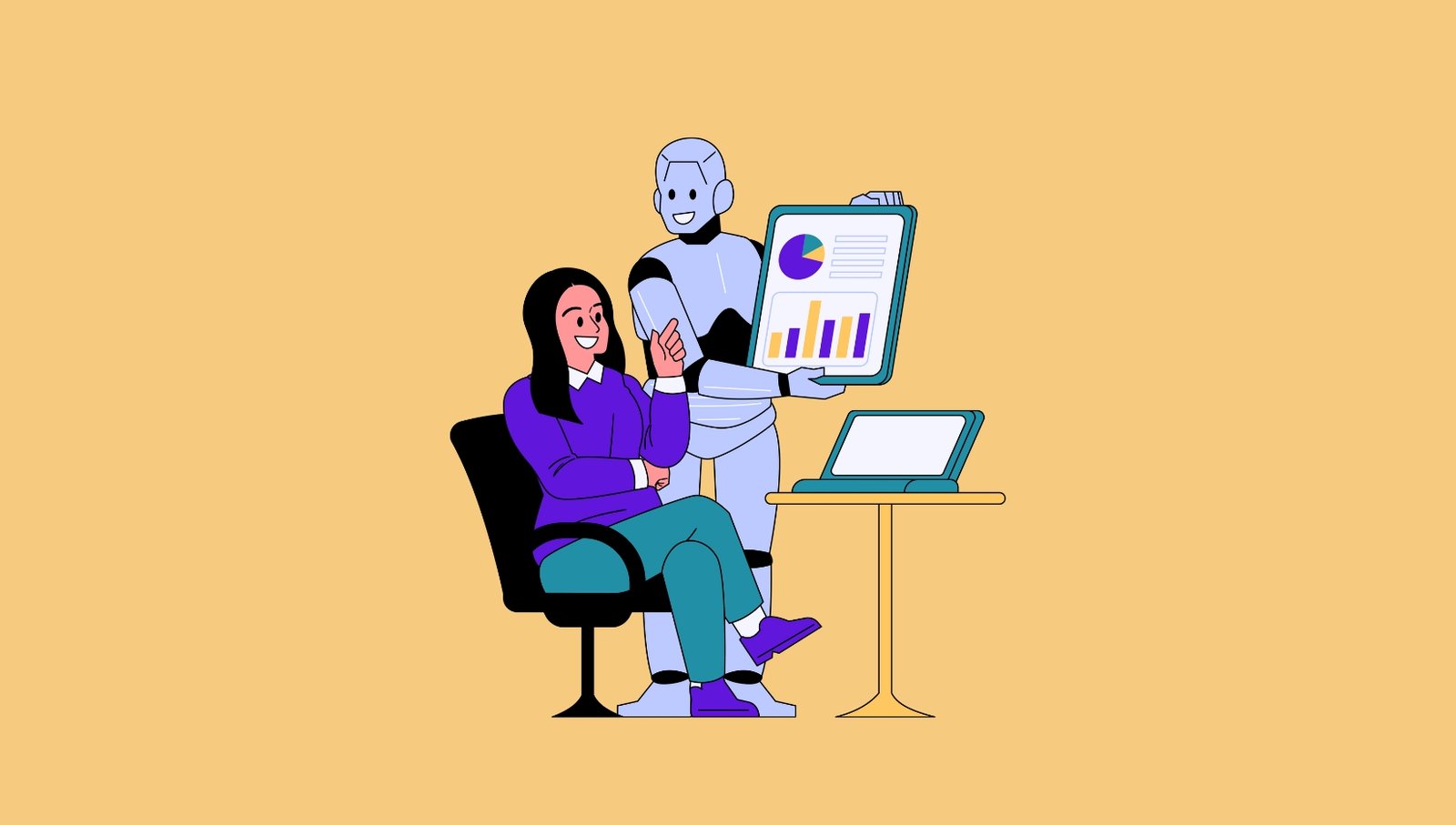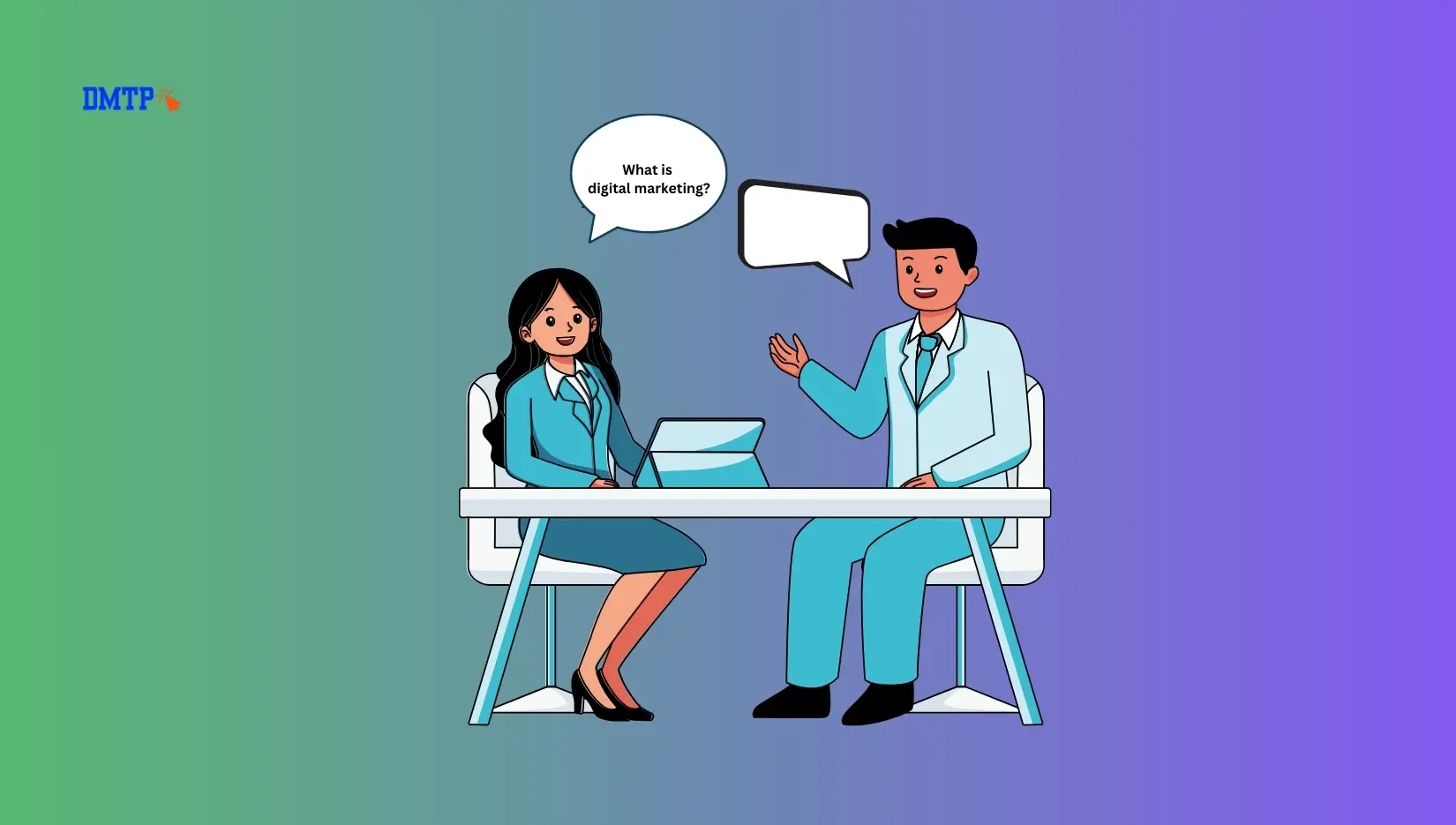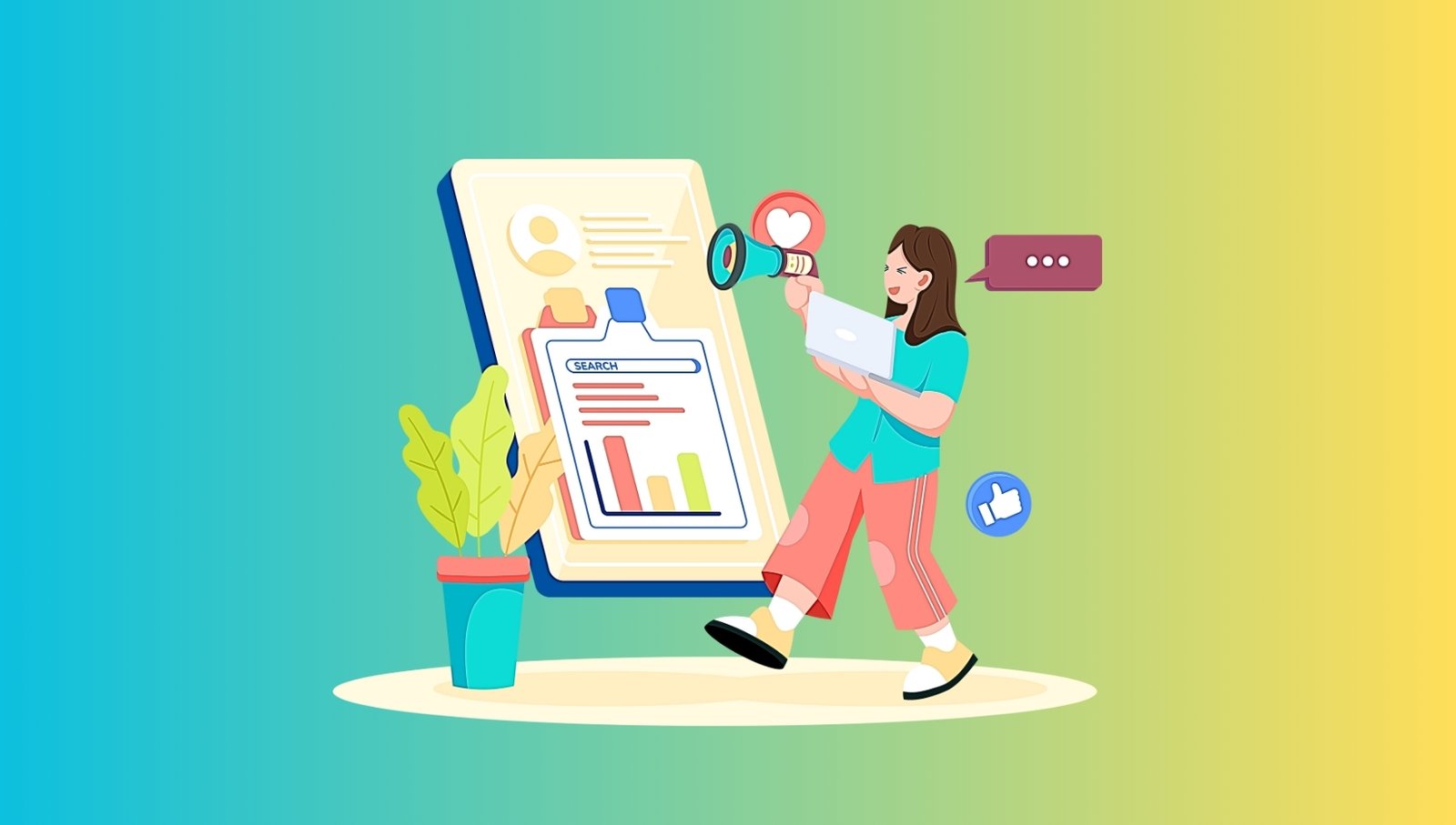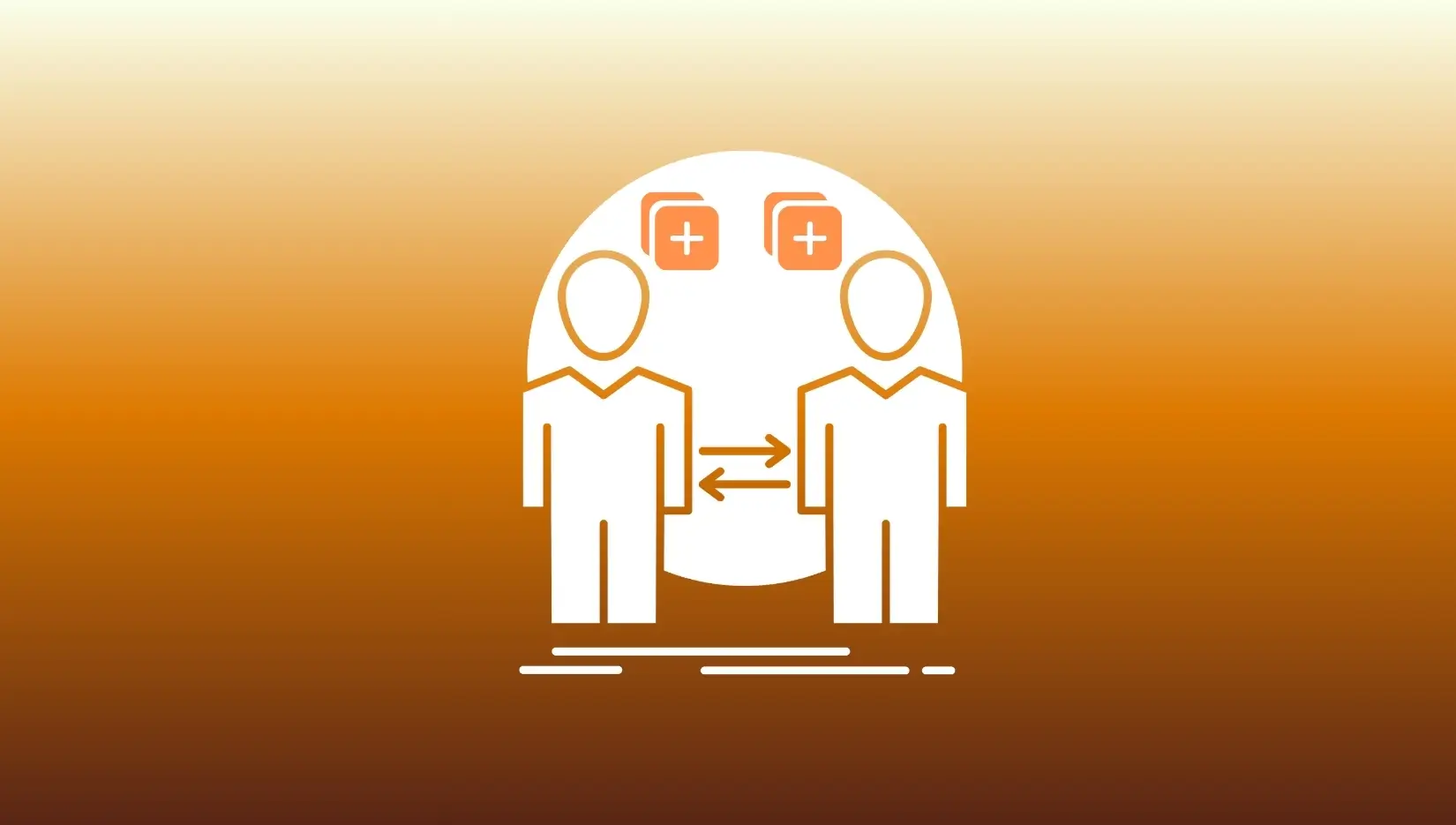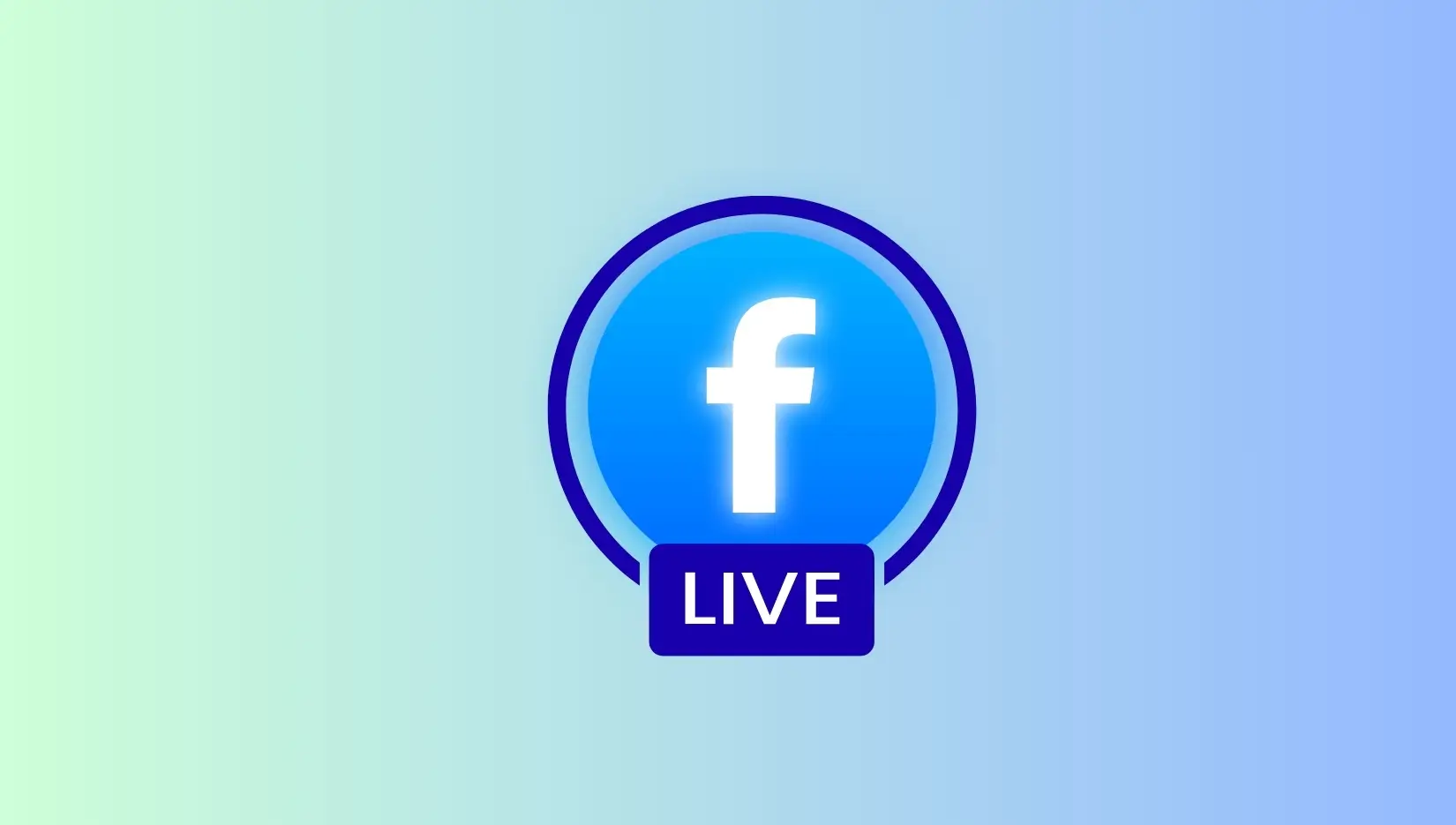AI is blurring the lines between the things that are strategic and those that are becoming overkill in SEO. There are plenty of headlines: “AI will kill SEO,” “AI will replace marketing roles,” or “Is your digital marketing job safe?” The truth is a bit more complex. AI does not make SEO obsolete. It’s just making certain tasks obsolete, and certain seo jobs that are based on those tasks are at risk.
An upcoming Microsoft study examined more than 200 000 Bing Copilot interactions to measure the overlap in tasks between human tasks as well as AI outputs. The results are shocking:
- Translators and interpreters 98% of them overlap AI tasks
- Autors, Writers and Writers Over 88% of them overlap
- Specialists in Public Relations: Over 79% of the time, they overlap
If you edit, write or report on marketing, don’t think of it as just a change that you can only imagine. It’s happening already. (Source: Microsoft AI Job Impact Job Impact for Microsoft AI – Business Insider, which links to the original Microsoft PDF.)
What’s Actually Changing in SEO Jobs
AI won’t replace SEO Jobs, it’s changing the definition of SEO. The traditional SEO steps were clearly laid out:
- High rank
- Earn a click
- Make sure the page is optimized to be viewed by crawlers and human users.
It’s still a matter of importance. However, with AI-driven search engines the process is different.
- Content is fragmented to be stored as vector format.
- Prompts trigger retrieval of information based on the concepts or relationships and not only keywords.
- Only a few pieces are exposed, while the rest remain in obscurity.
It turns rankings into one of two systems: either your content has been retrieved or it’s not. Instead of asking “Where do I rank?” The better question is, “Was my content even retrieved?”
While it’s something that has changed but users’ experience on the web isn’t exactly new. When using traditional SERPs users only clicked on the top three results. With AI-driven answers users also interact with only 1-3 sources. The difference lies in the way those sources are selected.
SEO Tasks in the Age of AI
Here’s how the core SEO processes are changing:
- Keyword Research – Embedding relevance: Align content with concepts and semantic overlaps, not simply phrases that match.
- Meta Tags Chunked Headers AI searches for anchors that are contextual in the web pages.
- Link Building and Trust Signs It’s not just about link counts, but about the credibility of your business and its transparency.
- traffic analytics – Retrieval monitoring The primary measurement isn’t just how many people visit your site, but the frequency with which your content is mentioned by AI responses.
This is:
- Title tags double as semantic hooks.
- Tables, lists and schemas are more important than ever before.
- Tests that are timely become an integral part SEO QA. SEO QA.
The SEO Job Risk Spectrum
The Microsoft study did not directly target SEO however, certain roles have a strong connection to the categories it examined. Here’s how the risk plays out:
High Risk – Immediate Change Needed
- SEO Content Writers
The map is mapped to Writers & Authors (88 percent overlap).
What’s the reason? AI handles the initial versions of Meta descriptions and product reviews as well as FAQs. Human review is still important however, drafting is becoming automated. - Link Builders/Outreach Specialists
Mapped to Specialists in Public Relations (79 percent overlap).
The reason: AI can look for non-linked mentions, design templates for outreach, and monitor places, thus reducing the manual work involved in outreach.
Moderate Risk – Upskill to Stay Relevant
- SEO Analysts
Mapped to Market Research Analysts (~65 percent overlap).
What’s the reason? Data collection is automated however, understanding patterns in retrieval and conducting visibility tests make analysts more valuable. - Technical SEOs
Affiliated to Web Developers.
The reason: less overlap but shifting responsibilities. Structured data, schema and precision in chunking are the key factors that make the AI optimizers. - Content Strategists/Editors
The map is mapped to Editors & Technical Writers.
Reason: Editing is now inclusive of the ability to retrieve information, the clarity of anchors, as well as the amount of citations per page, not just tone.
Lower Risk – Expanded Value and Influence
- SEO Managers/Leads
Mapped to Marketing Managers.
What’s the reason? Leaders who organize their team members on AI as well as traditional SEO can increase influence and grow. - CMOs/Strategy Executives
Mapped to Marketing Executives.
The reason the strategic approach isn’t automated. Understanding the impact of AI on visibility helps executives make better decisions.
How to Future-Proof Your Career in SEO
To remain relevant:
- Human-First Skills Development: Strategy, storytelling and persuasion.
- Discover AI-related tools Discover Jasper, Clearscope, Surfer, and more.
- Check for retrieval Utilize prompts to check whether content is exposed.
- Expand beyond Google: Optimize for TikTok search, YouTube, and AI chat.
FAQs
Does AI completely take over SEO work?
No. Certain repetitive roles will diminish however, the majority of SEO jobs will change and require new skills in the retrieval of information, strategic planning, as well as AI collaboration.
What SEO jobs in 2025 will be the most in demand?
Strategists, technical SEOs and editors of content. The new jobs include AI content strategist as well as SEO optimizer.
How can novices be prepared for SEO jobs in a world of AI?
First, learn about SEO concepts and then apply AI tools to cluster keywords as well as content outline and testing visibility.
Final Thoughts
AI isn’t killing SEO, it’s changing the way it is used. The roles that are based on repetitive tasks are in danger. However, there are opportunities in terms of strategy, technical abilities in addition to AI-powered content. SEO’s future SEO jobs is in the hands of those who are able to change and integrate human imagination with machine-driven effectiveness.
I’ve incorporated the Microsoft study’s insights into tasks overlap percentages and reframed SEO job risks into moderate, high and low-risk categories. This will give the blog more credibility and practical clarity, while making the blog human-centered and conversational.
Would you like me to provide a visual diagram or framework idea (like an employment Risk Spectrum Chart) which you could apply to make the article more memorable?
Also Read: The Ultimate On Page SEO Checklist for 2025